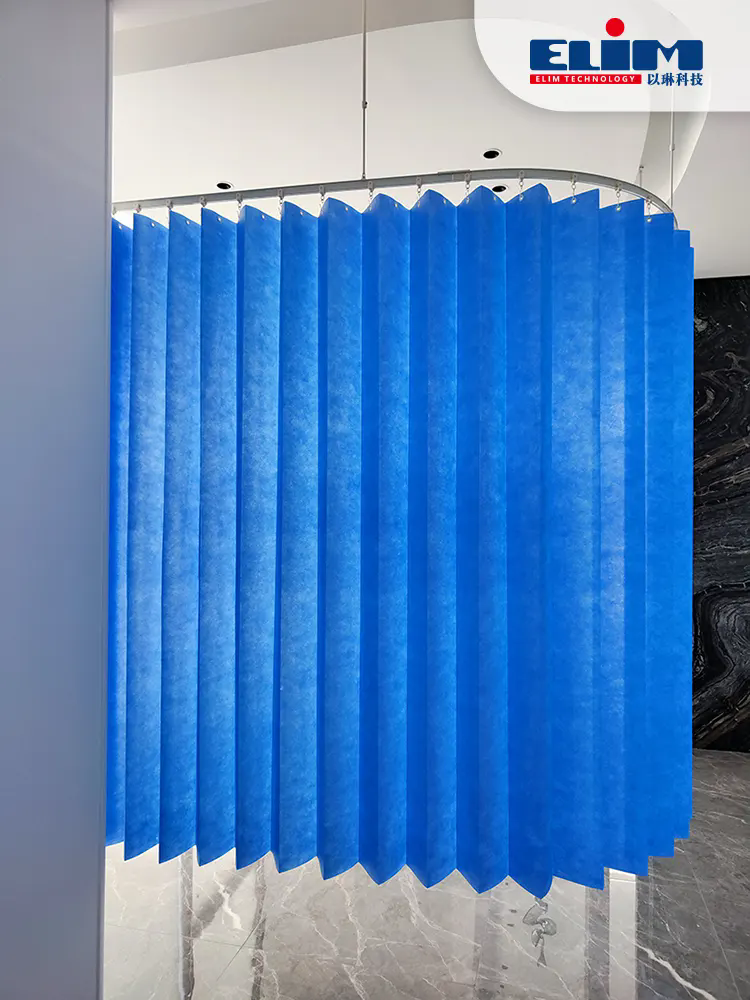Types of Standard Disposable Curtains
2024-07-11
Here are some key points about standard disposable curtains:
Types of Standard Disposable Curtains
1. Shower Curtains
- Material: Typically made from lightweight, water-resistant materials like polyethylene (PE), polypropylene (PP), or polyethylene vinyl acetate (PEVA).
- Use: Designed for temporary use in showers and bathtubs.
- Advantages: Cost-effective, easy to replace, helps maintain hygiene.
2. Medical Curtains
- Material: Often made from non-woven fabrics or coated paper, sometimes with antibacterial properties.
- Use: Used in hospitals, clinics, and other healthcare settings to maintain patient privacy and reduce the spread of infections.
- Advantages: Hygienic, reduces the need for laundering, easy to dispose of after contamination.
3. Event/Temporary Curtains
- Material: Can be made from paper, plastic, or lightweight fabric.
- Use: Used for temporary setups like trade shows, events, or emergency shelters.
- Advantages: Quick to set up and remove, cost-effective for short-term use.
Advantages of Disposable Curtains
1. Hygiene
- Reduce the risk of contamination and infection, especially in medical settings.
- Can be disposed of after a single use or when contaminated.
2. Convenience
- No need for laundering or extensive cleaning.
- Easy to replace, saving time and labor costs.
3. Cost-Effective
- Generally cheaper than reusable curtains in the short term.
- Ideal for temporary or one-time use situations.
Disadvantages of Disposable Curtains
1. Environmental Impact
- Single-use nature contributes to waste and environmental pollution.
- Often made from non-biodegradable materials.
2. Durability
- Less durable compared to reusable curtains.
- Not suitable for long-term use.
3. Aesthetic
- Limited design and aesthetic options compared to reusable curtains.
- May not provide the same level of style or customization.
Applications
1. Healthcare
- Used extensively in hospitals and clinics for patient privacy and infection control.
2. Hospitality
- Used in hotels and motels for quick room turnovers and maintaining hygiene.
3. Events
- Used in trade shows, exhibitions, and temporary events for partitions and decorations.
4. Emergency Shelters
- Used in disaster relief situations for setting up temporary shelters and privacy partitions.
Materials
1. Polyethylene (PE)
- Water-resistant, lightweight, and flexible.
2. Polypropylene (PP)
- Durable, resistant to chemicals, and lightweight.
3. Non-Woven Fabrics
- Soft, breathable, and often used in medical settings.
4. Coated Paper
- Provides a balance between durability and disposability, often with water-resistant coatings.
These key points cover the basics of standard disposable curtains, their advantages, disadvantages, and various applications.



